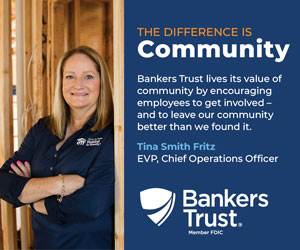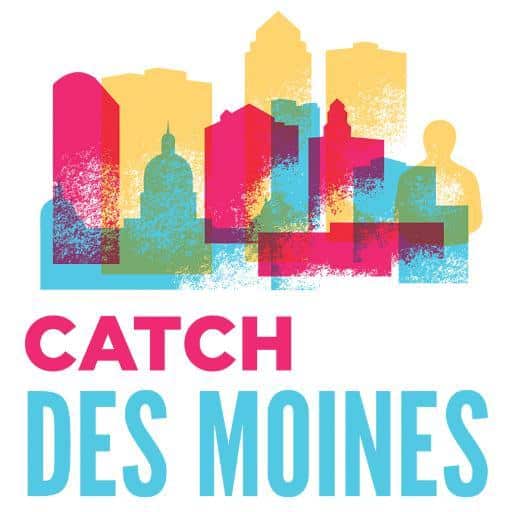Room to grow

Measuring growth in the Iowa agritourism industry isn’t an exact science.
The Iowa Tourism Office doesn’t keep direct statistics, and the most recent statistics released were in the 2007 Census of Agriculture done by the U.S. Department of Agriculture, which reported 245 agritourism and recreational services accounting for $3.1 million in sales. Those figures probably were low, said Marsha Laux, program coordinator at the Value Added Agriculture Program out of the Iowa State University Extension office.
“In Iowa, people just aren’t used to reporting that, and I think it was under-reported,” she said. “That really has not been tracked very closely.”
The term itself even has a broad definition, as adopted by the National Agriculture Statistics Service. Agritourism can refer to a working farm, or to any agriculture-related business operation that is open to the public for entertainment or education, such as a corn maze, a “pick your own” fruit or vegetable farm or even a farmers market.
One thing Laux and others agree on: There is room for growth in the agritourism industry, and there is more awareness of that industry now than there was a few years ago.
“I believe there is just a greater awareness of agritourism and a greater public interest in getting to meet growers,” said Malinda Geisler, who operates Growing Family Fun at Geisler Farms in Bondurant along with her husband, Darrell. “I think in general people are more aware of agritourism as a term, and there just seems to be more interest in making that farm visit.”
The farm’s key feature is a corn maze, but it also offers hayrack rides and sells pumpkins. The Geislers decided to turn their existing farm into an agritourism destination in 2004 as a way to generate additional revenue.
Though the majority of Geisler’s visitors come from within a 30-mile radius, she said the farm attracted agritourists from 32 states and 14 foreign countries last year.
Laux and the Value Added Agriculture Program saw enough potential in agritourism to put together a website on the topic, www.visitiowafarms.org, in 2008. The site, which is designed to be a centralized location for information on where to go for agritourism in the state, came out of a study put together by Laux and fellow program coordinator Ray Hansen for Iowa State’s Leopold Center for Sustainable Agriculture.
In the study, they found that “an overwhelming majority” of agritourism ventures did nothing to strategically market themselves to potential customers. The creators of the study hope the website will become a resource travelers use when planning trips. The study estimated that there are 2.37 million visits to Iowa agritourism businesses annually.
“I think we just take it for granted,” Laux said. “We don’t realize what we have as an asset and as a resource. Farmers don’t understand maybe what it is that people would like to see at their place. I think as a state we don’t understand that people from other (sectors), within the state or from other states, have a desire to experience agritourism.”
She said several groups have come through her office who have received fellowships, attend other universities or are international students who want to learn about farming in Iowa. Working with groups around the state, Laux said she has heard of interest from motorcoach companies to bring people into the state for agritourism-related trips.
The state’s farmers also have identified it as an industry with the potential to grow. The 2010 Iowa Farm and Rural Life Poll, conducted by ISU Extension, found that though only 2 percent of farmers host educational tours on their farms and 12 percent directly market farm products on their farm or through a farmers market, a much higher percentage saw potential in those activities.
According to the poll, 41 percent of farmers believe that support for agritourism should be increased, and 34 percent said Iowa farmers should get more involved in agritourism.
“What we found was that not many farmers are actually participating in agritourism, but there seems to be a lot of support for the concept,” said J. Gordon Arbuckle, ISU Extension rural sociologist and assistant professor, who helped prepare the survey. “Agritourism is often mentioned in tandem with local food systems development. I think the conversation is ongoing.”
When it comes to entertainment-oriented agritourism, “it’s a niche,” he said, meaning there is only so much room for the industry to grow. However, that ceiling hasn’t been hit yet. Arbuckle sees agritourism as a piece of the puzzle when it comes to rural development, along with natural resources-based tourism such as hunting, canoeing or going on a heritage trail.
“As part of a more diversified offering of things to do in rural areas, I think there’s a lot of room to grow,” he said. “I think we have to grow other things as well, and those things can feed off each other. I think there is a lot of potential to grow it, but it has to be seen as part of a larger picture.”
Laux said the Value Added Agriculture Program sees enough potential in agritourism that the organization would like to collect numbers to show how the industry is growing and build a case for business development.









